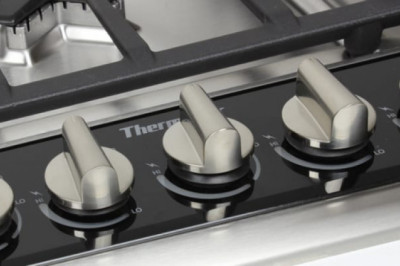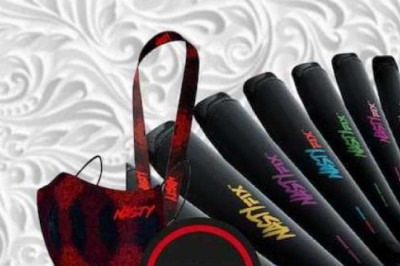views

The geriatric population around the world is growing at a swift pace; as per the World Health Organization (WHO), the number of people aged 65 years or above across the globe is projected to double from 703 million to 1.5 billion between 2019 and 2050. The WHO has also stated that the rate at which the aging population is growing has quickened in the past few years. Since the aging population is more susceptible to several chronic diseases, it often needs medical intervention. One such device, which is used for medical intervention, is a wearable injector.
Wearable injectors are devices which deliver a large volume of drugs over an extended period of time. These delivery systems administer large subcutaneous (through the skin) drug doses to patients, even if the patient is ambulatory. Additionally, the patient is fully capable of carrying out normal daily activities during the delivery of the drug. As per a P&S Intelligence report, the global wearable injectors market is predicted to grow at a considerable pace in the coming years. There are three types of wearable injectors, namely bolus injector, body-worn patch injector, and off-body worn belt injector. Out of these, the demand for bolus injectors is expected to grow at the fastest pace in the near future.
Bolus injectors were introduced in 2016, but have grown extremely popular due to their various advantages, including their ability to treat several diseases, including infectious diseases, blood disorders, cancer, cardiovascular diseases, and autoimmune diseases. The treatment of these diseases requires the patient to be administered with multiple, repeated doses of drugs at frequent intervals, and because bolus injectors are low-cost and easy-to-use disposable devices, which allow for the at-home self-administration of drugs, their demand is rising rapidly. Apart from this, these injectors are projected to have the capability of delivering more than 900 biologics and biosimilars in the coming years.
Among all the diseases, wearable injectors were used the most for the treatment of cancer, in the past, and their demand is predicted to be the highest for treating cancer in the coming years as well. As per the WHO, cancer kills around 9.6 million people each year. The most prominent settings where wearable injectors are used include labs & diagnostic centers, homecare settings, and hospitals. Out of these, the highest demand for these devices is expected to be created by homecare settings in the coming years. Homecare settings enhance the quality of life of the patient, as these are convenient, and the patient does not have to visit the hospital frequently.
When the geographical scenario is taken into consideration, North America has been the most productive wearable injectors market in the past. The reasons for this are the surging prevalence of chronic and lifestyle-associated diseases, growing requirement for self-injection and advanced drug delivery systems in the region. With the focus increasing focusing on reducing patients’ stay at the hospital and decreasing the healthcare cost, manufacturers are engaging in developing advanced drug delivery devices. Among these, wearable injectors have emerged as one of the most suitable solutions for people suffering from chronic diseases and aged people.
Therefore, with an increasing number of people contracting various diseases and the demand for constant and regulated drug delivery increasing, the usage of wearable injectors would also rise.












